Categories
Tags
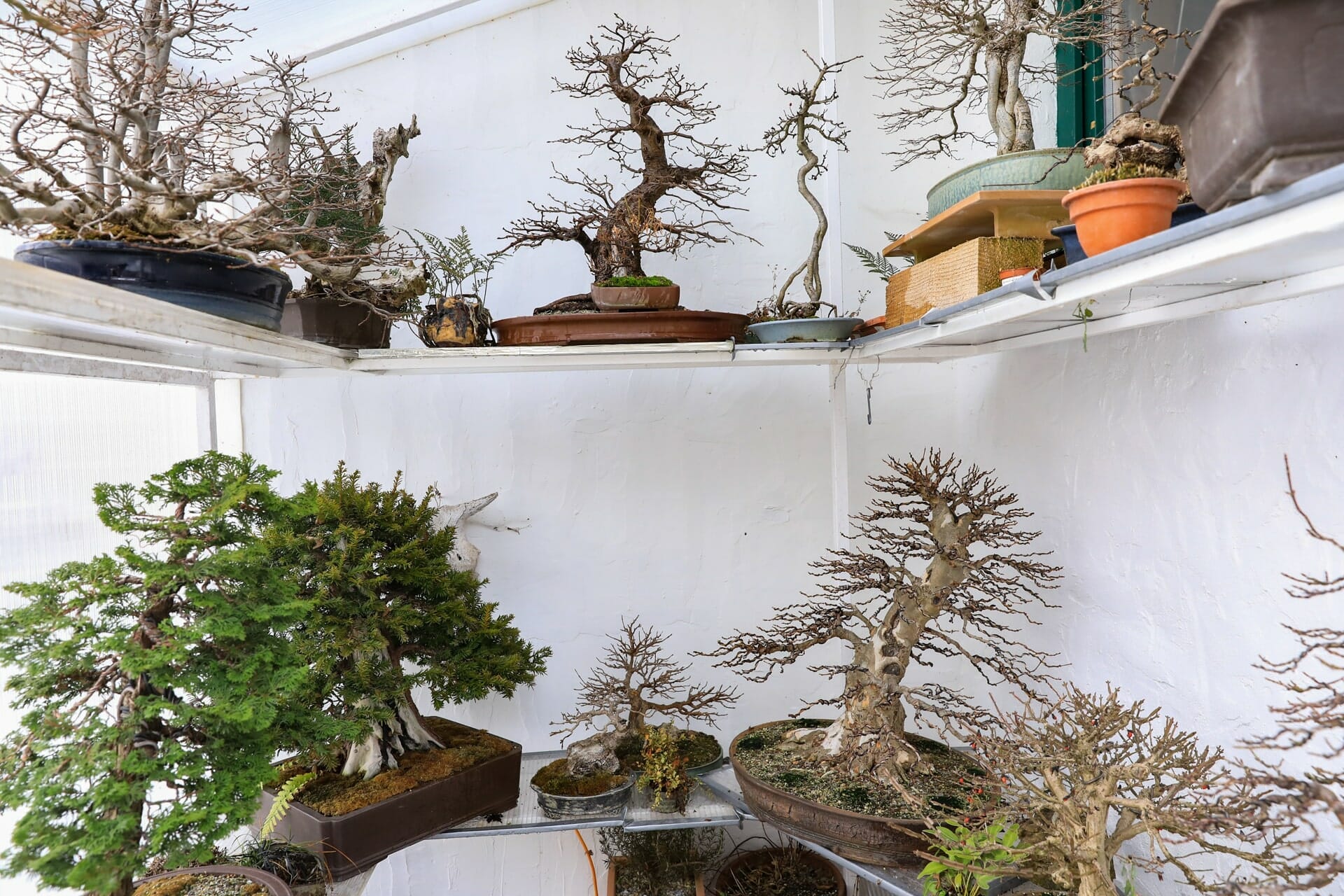
The subsequent symptoms of frost damage can vary greatly. We have summarized different variants here. 1. the frost damage is so severe that the bonsai no longer sprouts and dies. 2.
The frost damage is not immediately recognizable, but the bonsai only sprouts weakly as a result and forms conspicuously small leaves or needles. Over the course of the year, such specimens develop significantly more diseases and usually do not form buds.
3. A damaged bonsai can also sprout initially, but will appear weak and develop dry branches that then break off. These specimens then usually die in the high temperatures of midsummer.
4. Frost-damaged bonsai can also sprout normally and inconspicuously at first. After four to six weeks, it suddenly collapses, the leaves dry and fall off. The bonsai dies.
If a bonsai has survived the year despite frost damage, the next winter will decide. If it is unprotected again, it will definitely not survive the winter. The effects of frost in spring are also risky. At the end of February/beginning of March, the first warm days often arrive and the trees prepare for budding. This “awakening” causes the tree’s cells to fill up with more water. If there is only one frost period, this water freezes, the ice expands and destroys the structure of the tree in branches and buds.
For native trees, a cold house (a greenhouse with glass or foil) has proven to be perfect for overwintering. However, cold houses only provide protection down to temperatures of minus three degrees. A frost monitor helps to be able to react quickly to lower temperatures. Important: The house must be ventilated on warm days.
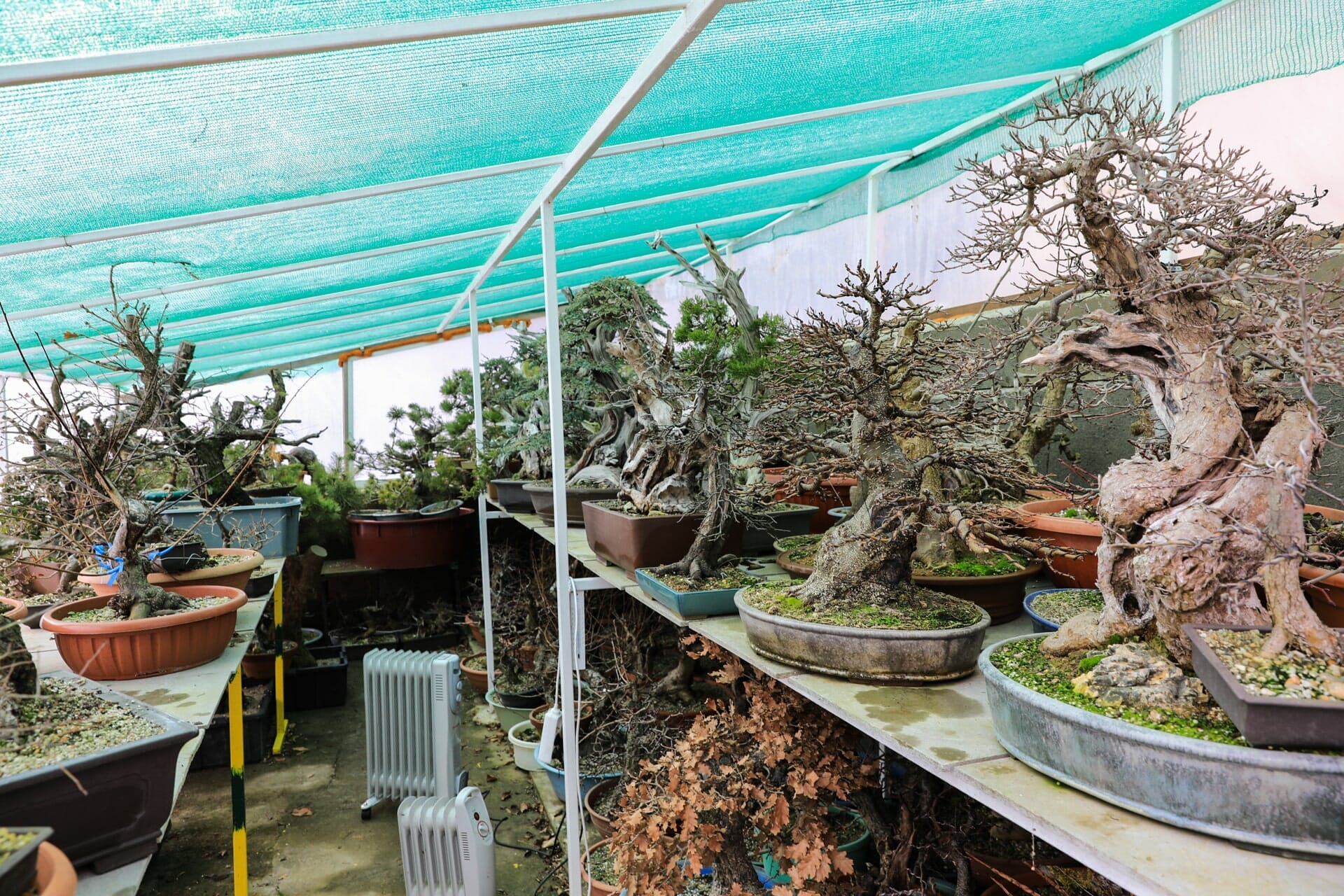
In general, the roots of a bonsai are more sensitive to cold than its crown. The reason for this is that the roots of the tree in the wild never feel cold temperatures of a few degrees below zero. Planted in a pot, however, this can very well happen. The result can then be seen in spring when repotting: the roots have died. In summer, it is also good for the bonsai to protect its roots in the pot from too much heat. A shady spot or simply a wet cloth placed around the pot will help.
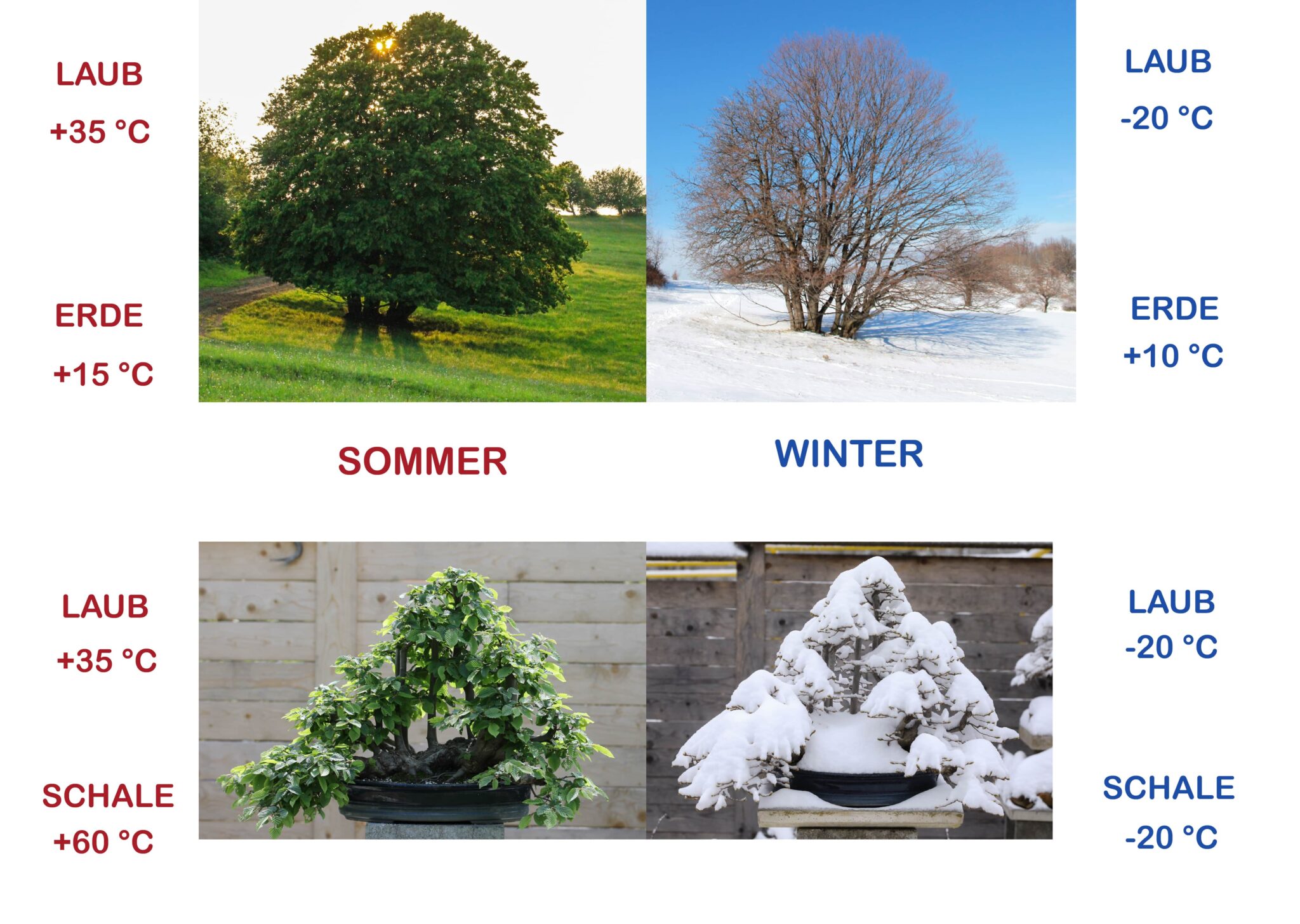
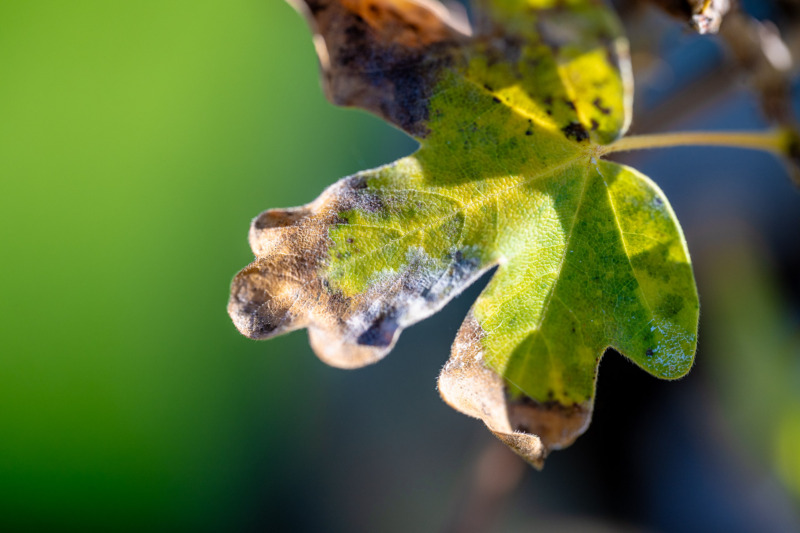
Category
Editor
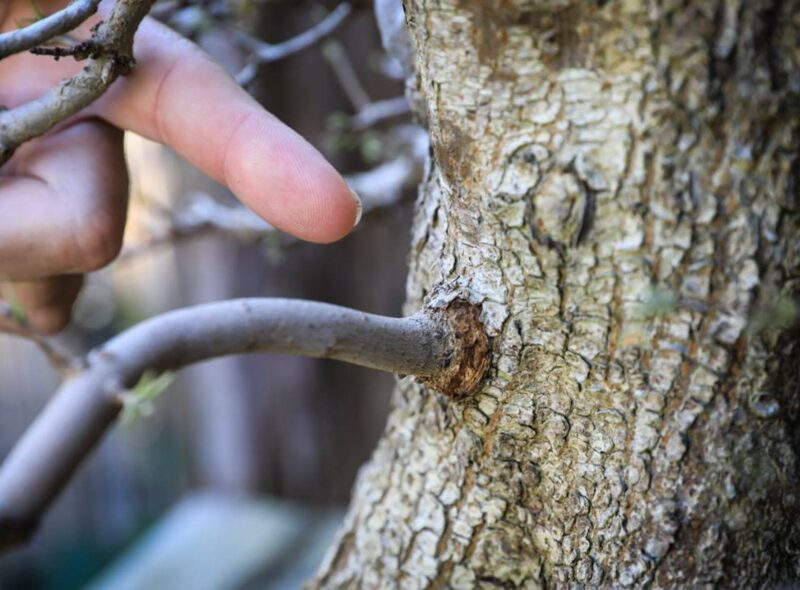
Category
Editor
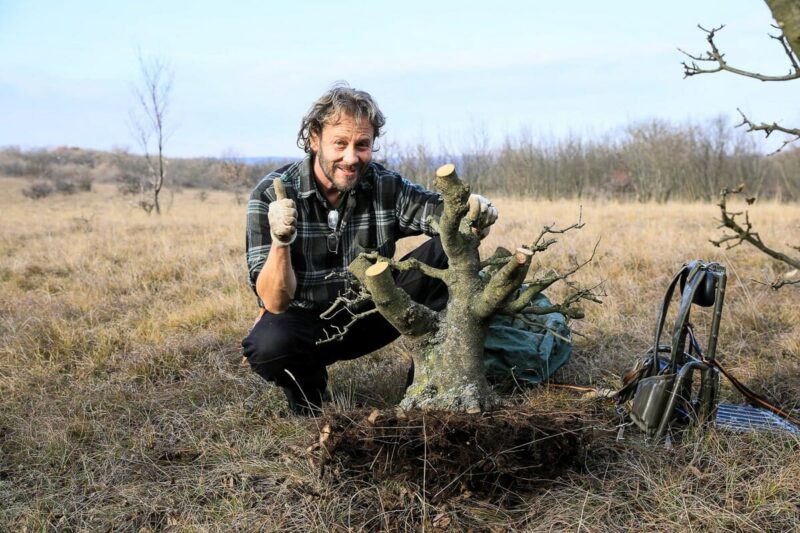
Category
Editor